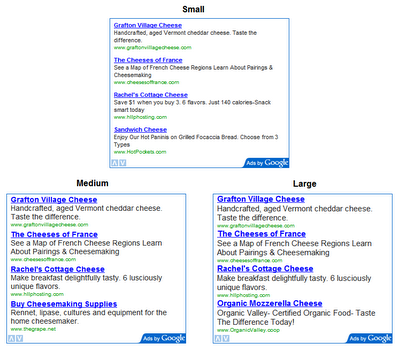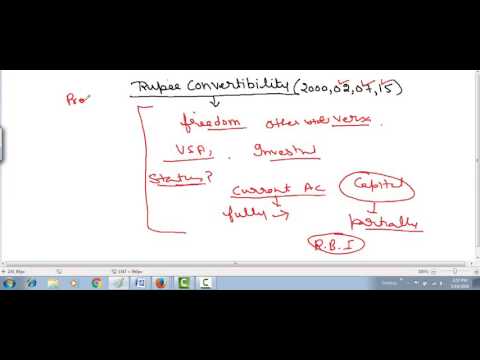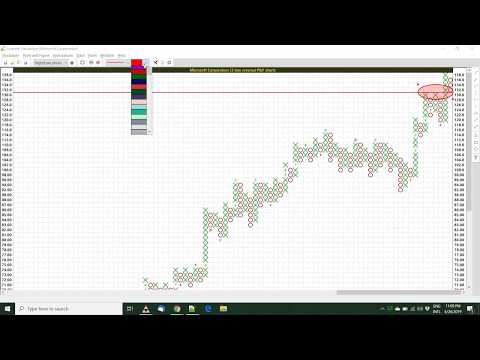Contents:


The solution of ACC 101 Plant assets are defined as… For every $1 in assets, the firm earned $3.50 in net income. It yields a higher income in the early years of the asset’s useful life. Equipment during each of the remaining years of its useful life.

The best way to manage your assets is to use an accounting software application that simplifies the entire asset management process from the initial acquisition to asset disposal. Learn what plant assets are, if you currently have plant assets, and how to distinguish plant assets from other assets. A plant asset’s useful life is the length of time it is productively used in a company’s operations.
In a way, depreciation can be conceptualized as the amount you need to pay if you did not have the asset. Let’s say the company follows the straight-line method. 18,000 USD must be charged to the plant asset account for every financial year as a depreciation expense.
A Definition of Plant Asset Management
They must also be reviewed for impairment at regular intervals. This classification is rarely used, having been superseded by such other days sales in inventory classifications as Buildings and Equipment. Plant assets, like all assets, are reported on your balance sheet, where they are typically displayed separately from current assets and are usually listed as fixed assets, long-term assets or property, and plant and equipment (PP&E) assets. Plant assets are important not only for the profits of a business but to their business accounting as well.
This explains the examples of plant assets accounting. Fixed AssetFixed assets are assets that are held for the long term and are not expected to be converted into cash in a short period of time. Plant and machinery, land and buildings, furniture, computers, copyright, and vehicles are all examples. In this article, we’ve explained the concept of plant assets in very detail. We hope you’ll know the difference between plant assets and other non-current assets and the accounting treatment.
Plant assets are defined as
Plant assets are recorded differently on a balance sheet because of depreciation. A balance sheet shows all the assets a company owns plus all the liabilities the company has, including the depreciation value. Depreciation is the loss of value of an asset due to use overtime. For example, a large robotic arm that is a plant asset on a factory floor of a business will be listed on the balance sheet with its value beside it.

Next to that value, the robotic arm will also show how it is depreciating overtime and what the business needs to do to pay for upkeep. Depreciation is the accounting way of showing how an asset continues to have value. The depreciation value is used as a taxable expense to lower the taxable burden. “What is a plant asset?” There are numerous plant assets examples that can be found on a business’s PP&E balance sheet.
Classification of Assets: Physical Existence
Accordingly, we believe it is difficult for an employer that uses fair value to justify switching to a calculated value. Making such a change solely or primarily to avoid the effect that volatility in the financial markets would have on the employer’s reported earnings would not be sufficient to justify such a change. If assets are classified based on their convertibility into cash, assets are classified as either current assets or fixed assets. An alternative expression of this concept is short-term vs. long-term assets. Since plant assets all have a useful life of more than one year, they would be considered long-term assets. Is the process of allocating the cost of a plant asset to expense.

Harold Averkamp has worked as a university accounting instructor, accountant, and consultant for more than 25 years. He is the sole author of all the materials on AccountingCoach.com. Residual ValueResidual value is the estimated scrap value of an asset at the end of its lease or useful life, also known as the salvage value.
Straight Line Method
A factory and its machinery are examples of plant assets. It’s important for a company to accurately record its PP&E on its balance sheet. Analysts and potential investors will frequently review a company’s PP&E to see where and how the company is spending its money on fixed assets in ways that could help the company increase its profitability. PEB Corporation should record the $700,000 transfer of plan assets from the defined benefit plan to the postretirement benefit plan as a balance sheet entry with a debit to the postretirement benefit liability and a credit to the pension asset. In light of the plans’ funded positions, PEB Corporation is transferring $700,000 of the plan assets from the pension plan to the postretirement benefit plan in accordance with Section 420 of the Internal Revenue Code. Section 420 permits the transfer of excess assets of a defined benefit pension plan to a retiree healthcare account in another plan.
National Security Memorandum on Strengthening the Security and … – The White House
National Security Memorandum on Strengthening the Security and ….
Posted: Thu, 10 Nov 2022 08:00:00 GMT [source]
https://1investing.in/ is the wear and tear of the asset, which occurs due to its daily usage. In loose terms, the difference between the salvage value and the actual cost of the asset is known as depreciation. There are different ways through which a company can provide for reducing the cost of the asset.
Examples of Power Plant Assets in a sentence
This is technically a prohibited transaction and may require DOL approval. Because selection of an insurance carrier is a fiduciary decision, participants, unions, and/or the Department of Labor may attempt to charge plan trustees with violation of their fiduciary duties. This may be more likely to occur in situations involving defined contribution plans and annuities purchased in settlement of a defined benefit plan liability. Amounts accrued by the employer but not yet paid to the plan are not plan assets.
What Is the Difference Between Assets and Plant Assets? – The Motley Fool
What Is the Difference Between Assets and Plant Assets?.
Posted: Sat, 04 Feb 2017 15:48:43 GMT [source]
Are known as balance sheet expenditures because they relate to plant assets. Is the process of allocating the cost of a plant asset to expense while it is in use. Let us try to understand the difference between plant assets characteristics and current assets. The third type of method is the sum of years digit method. This method implies charging the depreciation expense of an asset to a fraction in different accounting periods. This method explains that the utility and level of economic benefit decrease as the age of asset increases.
- Let us try to understand the depreciation and plant asset disposal methods.
- From this amount, subtract accumulated depreciation.
- Property, plant and equipment includes bearer plants related to agricultural activity.
- Plant assets are different from other non-current assets due to tangibility and prolonged economic benefits.
- Included in the cost of an equipment item are any freight charges paid, insurance charges and duty charges, when assessed.
- We do this because the quality of implementation and application of the Standards affects the benefits that investors receive from having a single set of global standards.
Land rarely depreciates in value so businesses purchasing land hold tremendous value. Construction sites are also plant assets because a construction site still has value and will contribute to profits. Next, the business must ensure that it is used for the business purpose and not kept as inventory for selling later on.
What Is the Meaning of Property, Plant, and Equipment (PP&E)? – Investopedia
What Is the Meaning of Property, Plant, and Equipment (PP&E)?.
Posted: Sat, 25 Mar 2017 19:07:33 GMT [source]
If the present value of the minimum lease payments is reasonably close to the fair market value of the property at the inception of the lease, the property is effectively being purchased. Often, a lease will include a provision that allows the lessee to purchase the property at the end of the lease for significantly less than the estimated fair market value. In general, it is assumed that most lessees will exercise this option. Equipment items purchased by the current funds of the University are considered to be expenditures of the funds from which purchased. After bids come in, the responsible low bidder is chosen with a purchase order for the construction work. The contractor must provide a breakdown detail of all major divisions and subdivisions of the work.